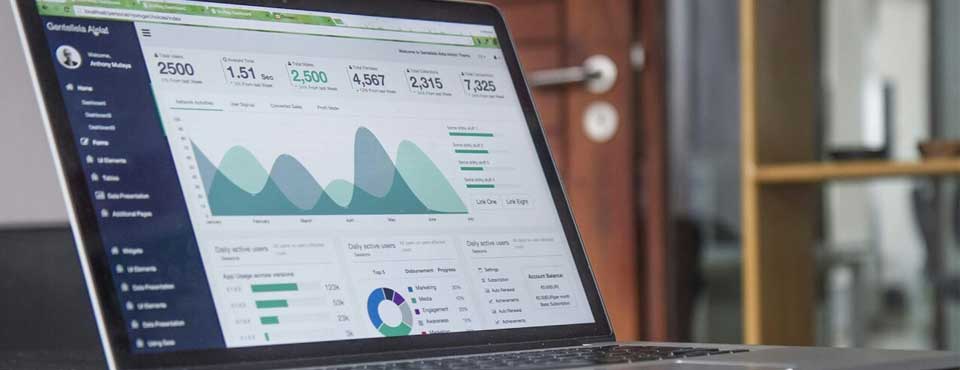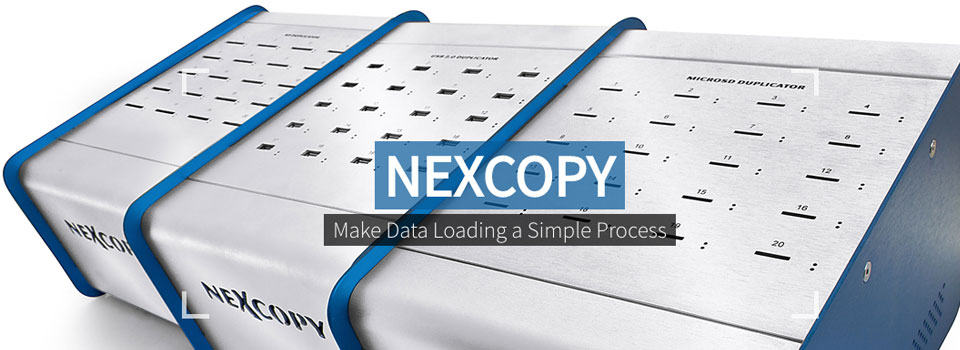The journey from the humble USB device to a comprehensive software platform is the key story of the modern world. From how we tricked rocks into remembering things for us, these devices that are built with earth minerals but now exist in the “cloud”, helping scale businesses. But more than ever, the story isn’t so much about the software itself. But how we use data within it.
Contents
Understanding the shift from hardware to platform
The USB device in a customer’s hand was always the entry point – the first point of contact, and often where software would be installed. What happens after they plug it in determines whether they’ll become loyal users or move on to competitors.
Companies now recognize that product analytics provides the insights needed to transform one-time hardware purchases into ongoing platform relationships. By tracking how users interact with accompanying software, like what features they use, where they struggle, and what drives retention, companies can continuously improve functionality and create compelling reasons for customers to stay engaged. When installed historically from USB devices, the user’s behavior was not known.
According to the U.S. Small Business Administration, businesses that use customer data effectively are a lot more likely to retain customers over time. It’s as simple as gathering data on how they act, and react, and adapting to this. This principle applies to companies making the hardware-to-software transition.
Why analytics drive product evolution
Data reveals patterns that intuition often misses. The issue in part comes from the discrepancy between the tech-savvy developers and the (often) tech-illiterate end user. When a USB device manufacturer examines how customers use their desktop application, they might discover that 80% of users never explore advanced features. Not necessarily because they don’t need them, but because they can’t find them or don’t know they exist. Analytics expose these friction points.
Digital experience analytics platforms like Contentsquare have showed time and time again that understanding user behavior can dictate product strategy. By tracking user journeys and identifying drop-off points, companies gain concrete evidence of what works and what doesn’t. This is no different from Netflix analyzing its streaming data, only to then have a say in how Netflix Originals are produced.
Building a platform mindset
The platform approach means thinking way beyond the device itself and involves creating an ecosystem where the hardware serves as an anchor for cloud services or mobile apps. Harvard Business School vouches for the idea that platform-based business models can generate much higher valuations than traditional product sales alone. Evidence of this is in $3+ billion valuation of Whoop, which, if not for its subscription-based platform, would simply be a wristband with sensors attached.
This shift requires new metrics. Instead of tracking units sold, platform companies monitor monthly active users and customer lifetime value. Instead of cost per sale, it’s cost per acquisition.
Analytics-driven updates
Begin by instrumenting each and every user interaction. Track which features get used and which do not. Where do users spend their time? And where do they encounter obstacles? The goal is to create feedback loops that connect customer behavior directly to your development roadmap.
The most successful transitions tend to happen iteratively. Launching enhanced software capabilities alongside your hardware is a good first step. It doesn’t need to start off perfect because the point is that analytics will guide you. Without it, you’re using intuition-based hypothesis. Each update should be informed by real usage patterns.



